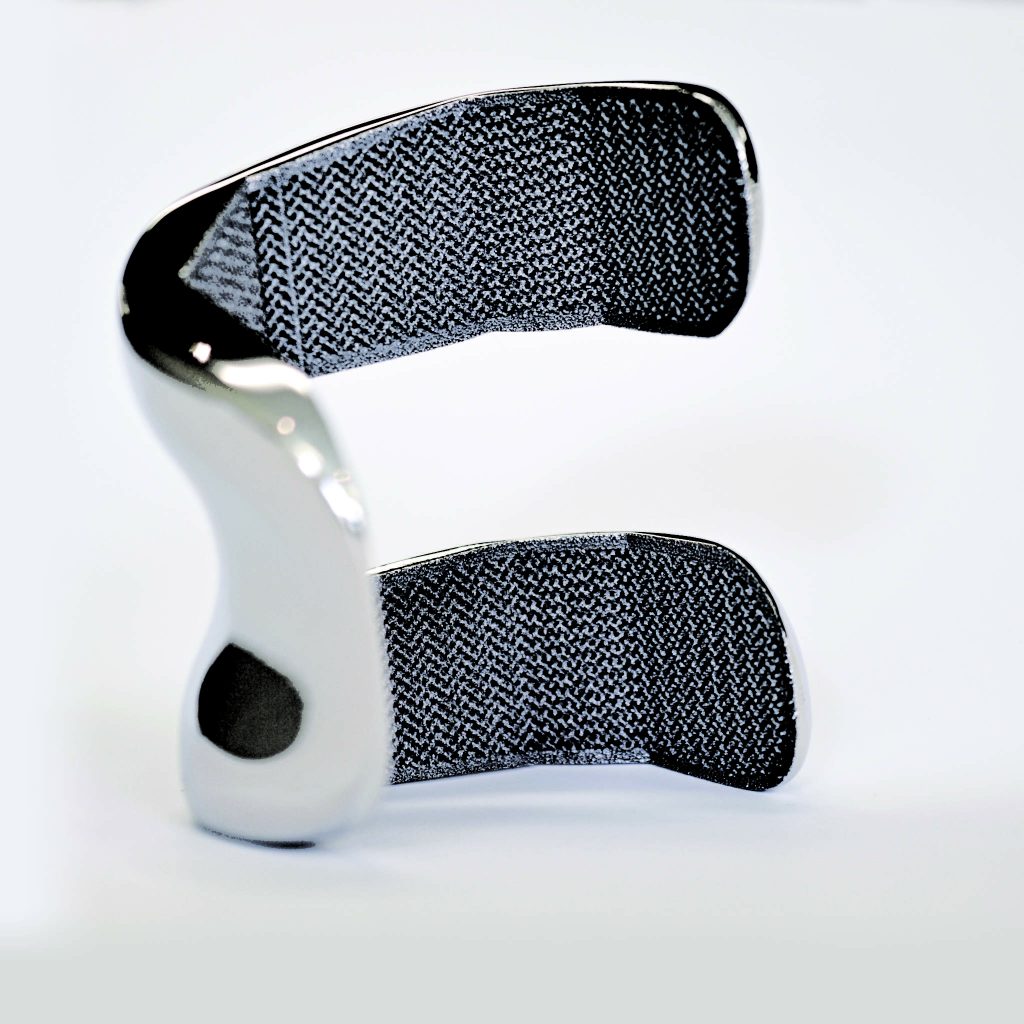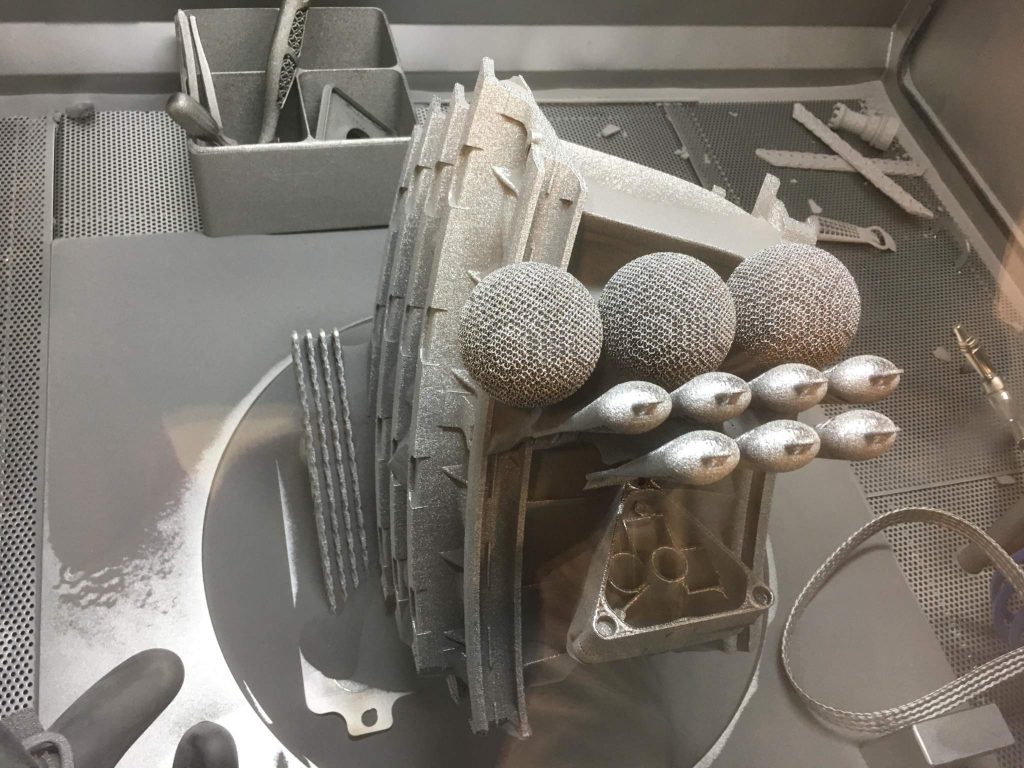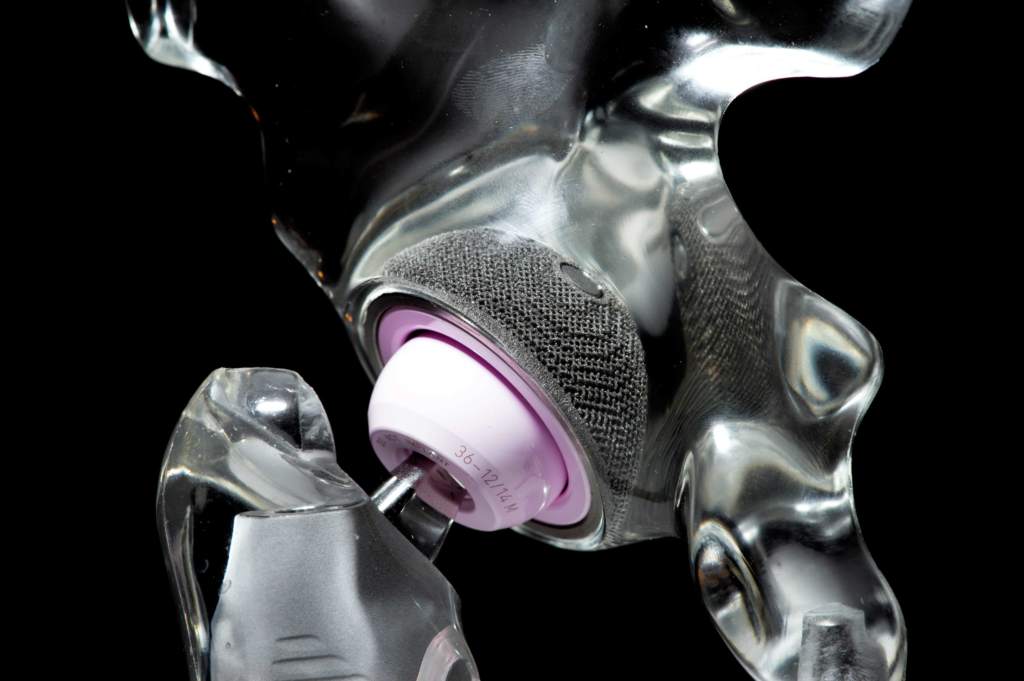This is a guest post in our series looking at the future of 3D Printing. To celebrate 5 years of reporting on the 3D printing industry, we’ve invited industry leaders and 3D printing experts to give us their perspective and predictions for the next 5 years and insight into trends in additive manufacturing.
Fabio Sant’Ana is the CEO of Farco Technologies, a reseller of Arcam EBM in Brazil. Fabio Sant’Ana has 27 years experience working with machine tools and CAD/CAM. He has received EBM Additive Manufacturing Certification from Arcam EBM.
Additive Manufacturing: The Next 5 Years by Fabio Sant’Ana is the CEO of Farco Technologies
Brazil and Latin America are now at a very important moment in time, changes in local and national governments and also in mindset for a better and more productive industry are the key points to be able to reach our goals as nations. These are making us pay attention to what is the cream of the crop in terms of manufacturing.
Naturally one of the pillars of “new Manufacturing” or Industry 4.0 , is Additive Manufacturing. This technology is fast becoming a regular topic of discussion in industrial market seminars and also at business lunches across Brazil.
A key area of focus is the medical devices and implants market. Primarily, components made with Titanium ( Ti64 and Grade2 ) and Cobalt-Chromium ( CrCo) materials. These areas are the early adopters and those making real production parts with additive processes. The most aggressive companies are already investing in additive manufacturing. Some really brave companies and the ones likely to be the most successful are already delivering hundreds of parts and implants to the market.

Increasing use of metals and engineering materials
The next five years in the medical industry will see further adoption of additive technology for the production of implants in metals and in high grade polymers like PEEK. The technology selected for this industry really depends on the final application for the component. For example, if the implants need high metallographic and structural specs a process involving equipment using a vacuum and controlled chamber temperature may be required.
Additive manufacturing will also find application in mold making and tool making. The interest in conformal cooling channels is growing exponentially because it permits a much better mold temperature control and a good reduction in injection cycle times. This use case will see an increase as the equipment allows manufacture with special alloys and tooling steel capable of more refined surface finishing.
The aerospace industry is already aware of what is happening in the USA and Europe and is also adopting the technology. Brazil is not a traditional producer of turbines and airplane engines so adoption is a little slower than in the medical industry. This is mostly because of the requirement for larger airplane parts and also a requirement for additive manufacturing machines with a greater build volume.

Developments in the Brazilian 3D printing sector
Historically, Latin America is an importer of manufacturing technology. The local equipment industry is still relatively small and often looks at what is best in the overseas market. Soon the largest machine tool builder in Brazil will release a 5 axis CNC Hybrid Additive Technology model in partnership with a foreign laser cladding developer to fight Japanese and German competitors
The next five years will see advances in our local manufacturing industry. I expect companies will be more prepared and willing to take the lead in the market. These local companies will be rewarded during next five years. Additive manufacturing is real and has a long future ahead. A greater number of companies will find their position in the range of manufacturing options. Just like in the past casting, molding and machining were consolidated into the manufacturing sector.
For me, to be part of this movement is a honor. I have worked in manufacturing for 25 years, frequently working with the arrival of new technologies in the Brazilian market. Since 2014 I have worked with the Arcam EBM team. Seeing how additive manufacturing makes the eyes of engineers and industrial managers sparkle again with this new and disruptive technology and to be part of this process makes me feel very proud!

This is a guest post in our series looking at the future of 3D Printing, if you’d like to participate in this series then contact us for more information.
For more insights into the 3D printing industry, sign up to our newsletter and follow our active social media channels. Let us know your thoughts about this perspective on the future of 3D printing in the comments below.



